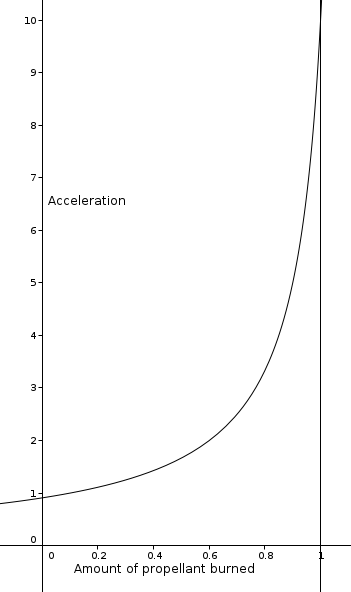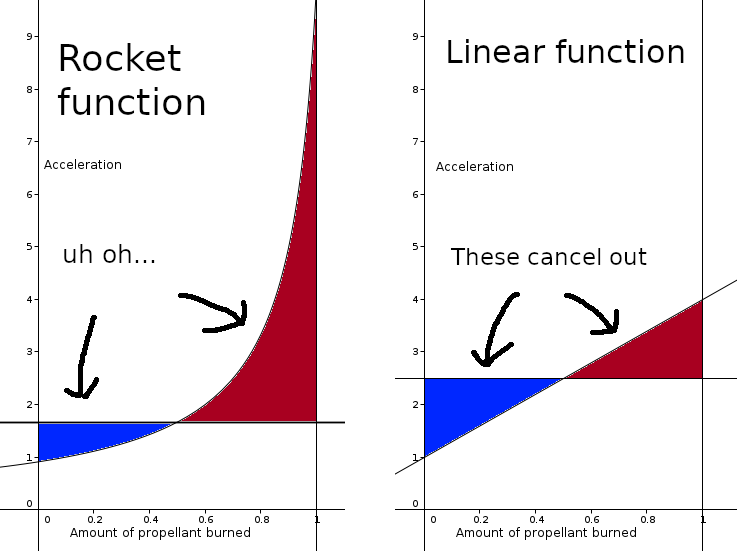The quantity you ultimately need when planning your manoeuvre is change in velocity, which in spaceflight terminology is called delta-v, $\Delta v$ (searching this term would give you a lot of explanations)
You are absolute right that accounting for burned propellant is required to account for the rocket accelerating quicker when nearing empty.
The reason your method of "using the average mass" doesn't work is that rockets accelerate much, much quicker when nearing empty.
Rocket acceleration curves look like this:

Finding the net change in velocity amounts to finding the area under this function.
In everyday life, we encounter many linear functions. These are easy to find the area under, we just use the halfway point, relying on the fact that the area under the curve is the same as the rectangle formed by the halfway value. Your method is this method.

This is calculus, which is math that's absolutely essential to understanding rockets.
However: Your method is fine as a rough estimate, because the blue area and the red area aren't too different if the spacecraft isn't mostly fuel and little else. It will just always be too pessimistic, underestimating how much you would really accelerate. You'll have a little extra left in your tanks when the burn is done, which is fine unless you're using taxpayer money.
Using the formulas, on the other hand does not require calculus.
$$\Delta v = v_e \cdot ln\left(\frac{m_{start}}{m_{end}}\right)$$
"Change in velocity is rocket exhaust speed times funny function of start mass divided by end mass." The funny function takes care of calculating the area under rocket curves.
You do perhaps need the reverse formula:
$$\frac{m_{start}}{m_{end}} = e^{\Delta v / v_e}$$
The funny number $e$ takes care of the curvy rocket curve. "How much fuel do I need" is the difference between $m_{start}$ and $m_{end}$

